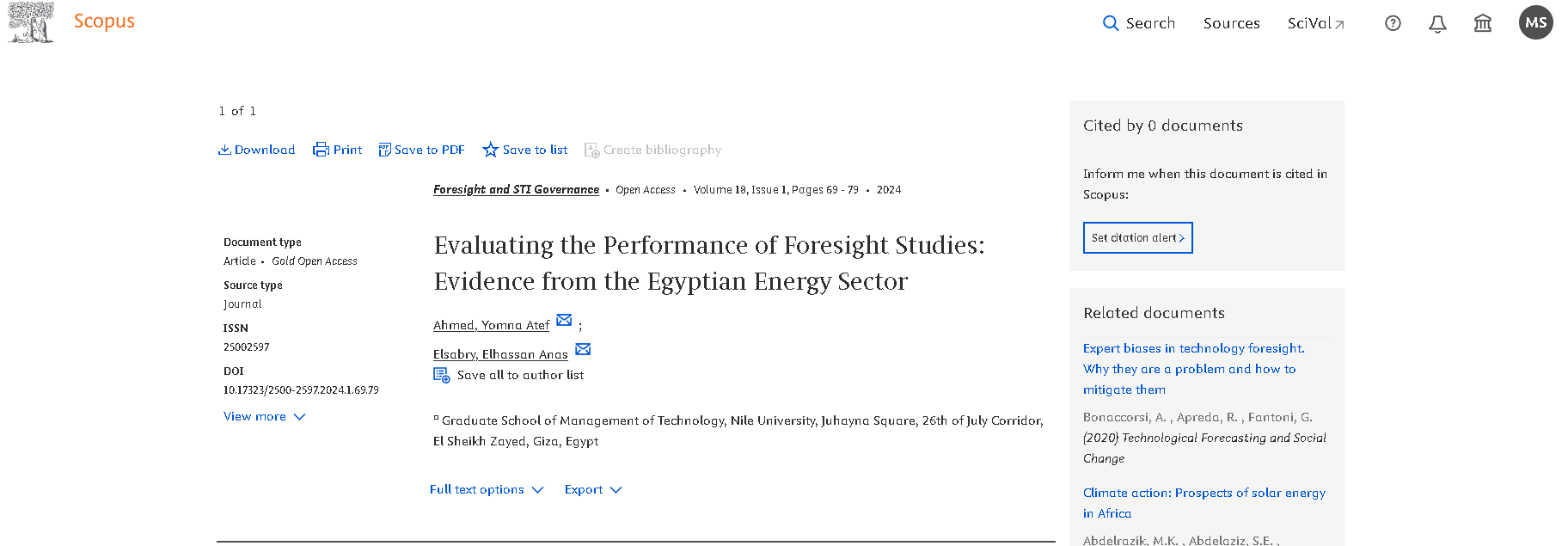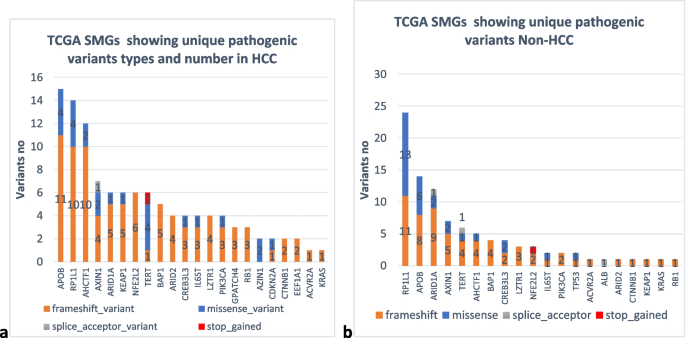
Chiral phase structure of the sixteen meson states in the SU(3) Polyakov linear-sigma model for finite temperature and chemical potential in a strong magnetic field
In characterizing the chiral phase-structure of pseudoscalar ( ), scalar ( ), vector ( ) and axial-vector ( t) meson states and their dependence on temperature, chemical potential, and magnetic field, we utilize the SU(3) Polyakov linear-sigma model (PLSM) in the mean-field approximation. We first determine the chiral (non)strange quark condensates, and , and the corresponding deconfinement order parameters, and , in thermal and dense (finite chemical potential) medium and finite magnetic field. The temperature and the chemical potential characteristics of nonet meson states normalized to the lowest bosonic Matsubara frequency are analyzed. We note that all normalized meson masses become temperature independent at different critical temperatures. We observe that the chiral and deconfinement phase transitions are shifted to lower quasicritical temperatures with increasing chemical potential and magnetic field. Thus, we conclude that the magnetic field seems to have almost the same effect as the chemical potential, especially on accelerating the phase transition, i.e. inverse magnetic catalysis. We also find that increasing the chemical potential enhances the mass degeneracy of the various meson masses, while increasing the magnetic field seems to reduce the critical chemical potential, at which the chiral phase transition takes place. Our mass spectrum calculations agree well with the recent PDG compilations and PNJL, lattice QCD calculations, and QMD/UrQMD simulations. © 2019 Chinese Physical Society and the Institute of High Energy Physics of the Chinese Academy of Sciences and the Institute of Modern Physics of the Chinese



